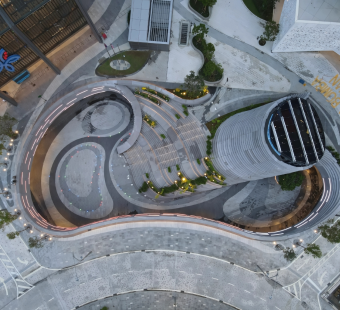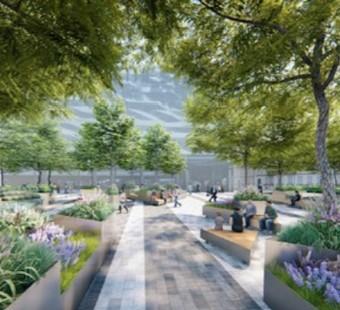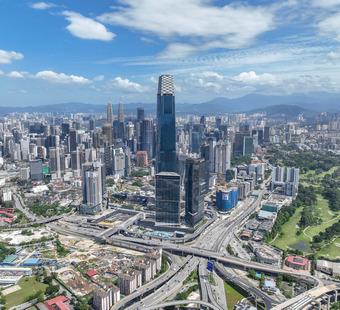Building sustainable projects is more and more recognised as a fundamental obligation for responsible developers in today’s modern design philosophy.
Scarce resources like water are becoming a strain with ever-growing needs and volume, which lends added urgency to projects created with sustainability in mind.
Cities such as St. Paul and Las Vegas in the USA are embracing initiatives to transform aging infrastructure into more modern, sustainable alternatives.
In Las Vegas, a permanent leak detection platform has been introduced for its city-wide water supply pipeline to cut down on losses from leakage.
St. Paul, formerly the site of American auto giant Ford, is also revamping its landbanks to new mixed-use neighbourhoods that showcases energy efficiency, smart design and ecological storm water management.
The combination of these technologies is set to create economic value to these cities as well as become a model for sustainable development.
A similar outlook runs through the construction of TRX.
Dubbed the next financial district in Asia, TRX has engaged Veolia Water Technologies, an established international environmental company, to design a comprehensive water treatment programme for the project.
It will be the first fully integrated commercial reclaim water project in South East Asia and a global reference for sustainable development.
The goal is to repurpose and reduce wastage in resources, while minimizing environmental impact.
With water scarcity threats looming above our heads, proactive water strategies have to be taken immediately, and the TRX project showcases Veolia’s recycled water technologies, and our ability to achieve high water recovery rates for the project.
The goal for TRX is to recover at least 80 percent of its expected 3.8 million cubic meters of sewage generated every year, and repurpose that water within the district.
TRX joins a host of other initiatives in KL to revamp the city towards more a sustainable future.
Initiatives such as KL’s River of Life (ROL) project is already underway, which aims to rejuvenate and beautify the Klang and Gombak riverfronts passing through KL into vibrant and attractive sites.
The cleaning of the river also lends a more positive image to the city for dwellers and visitors.
Improvements in sustainability also adds economic benefits to a project alongside the beneficial environmental impact.
According to Professor Joseph Allen at Harvard University, productivity can be increased by US$6,000 to US$7,000 per person per year simply by improving ventilation standards in a building.
For TRX, water repurposing will be used mainly for toilet flushing, cleaning and landscaping upkeep.
The reclaimed water is targeted to reduce site-wide fresh water demand by up to 60 percent, exceeding International Best Practice standards of 40 percent reduction in potable water.
All non-potable water will be supplied using recycled water produced on-site via a dedicated TRX wastewater treatment plant which operates around the clock, 24 hours a day.
The plant’s low energy design reduces the carbon footprint for the development and will secure the lowest possible specific energy consumption (kWh/m3 of production).
The placement and design of the plant building has also been incorporated into the overarching TRX masterplan, and thus it will fit into the overall aesthetic which showcases extensive greenery, an artificial hill and a multi-level city park.
Just as important to environmental standards, all buildings will also utilize water-efficient fittings and monitoring systems to maximise resource efficiency and reduce overall water usage.
Real-time monitoring results in continuous data collection to oversee water usage, check for leakages and changes in water quality, thus ensuring high quality water delivery across a dual potable and non-potable water network.
This smart system will enable an impressive 98 percent network efficiency once it is up and running at full capacity.
Thanks to these innovations, individual users will be able to keep an eye on water bills and move towards continually improving sustainable water usage.
By embracing a greener approach, a project can deliver a better environmental footprint while reaping considerable cost savings.
Photo Credit: Veolia







